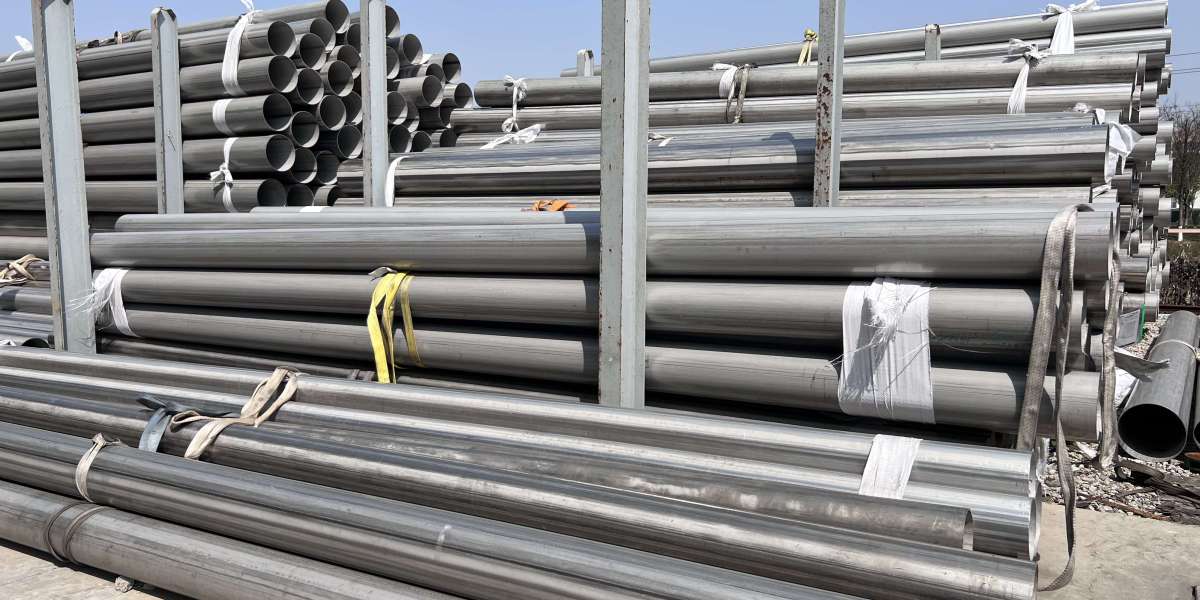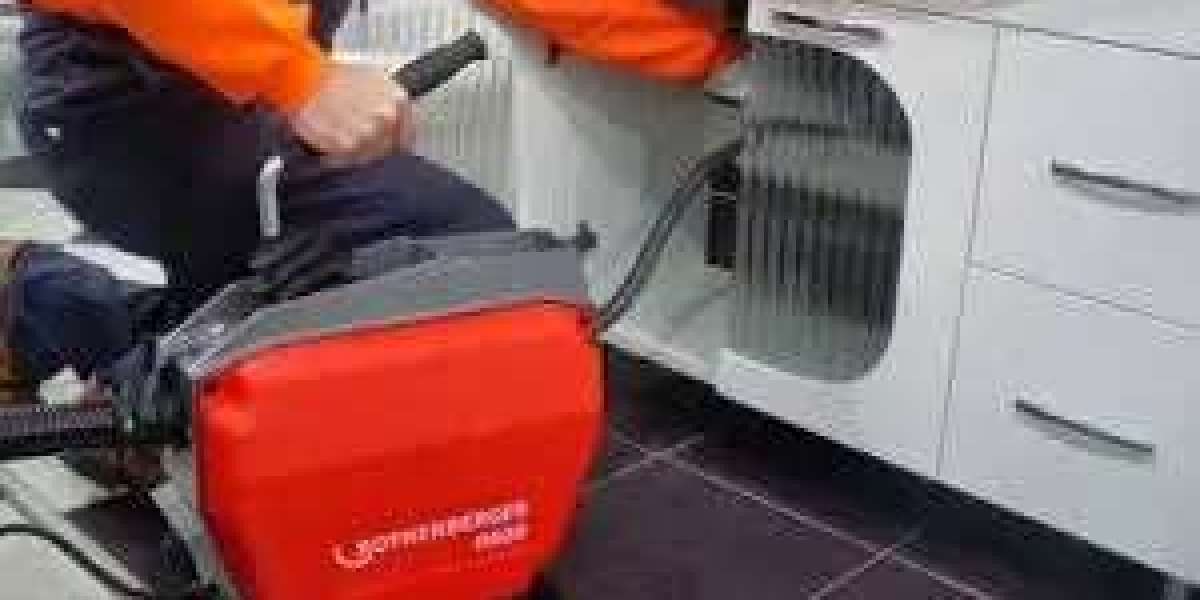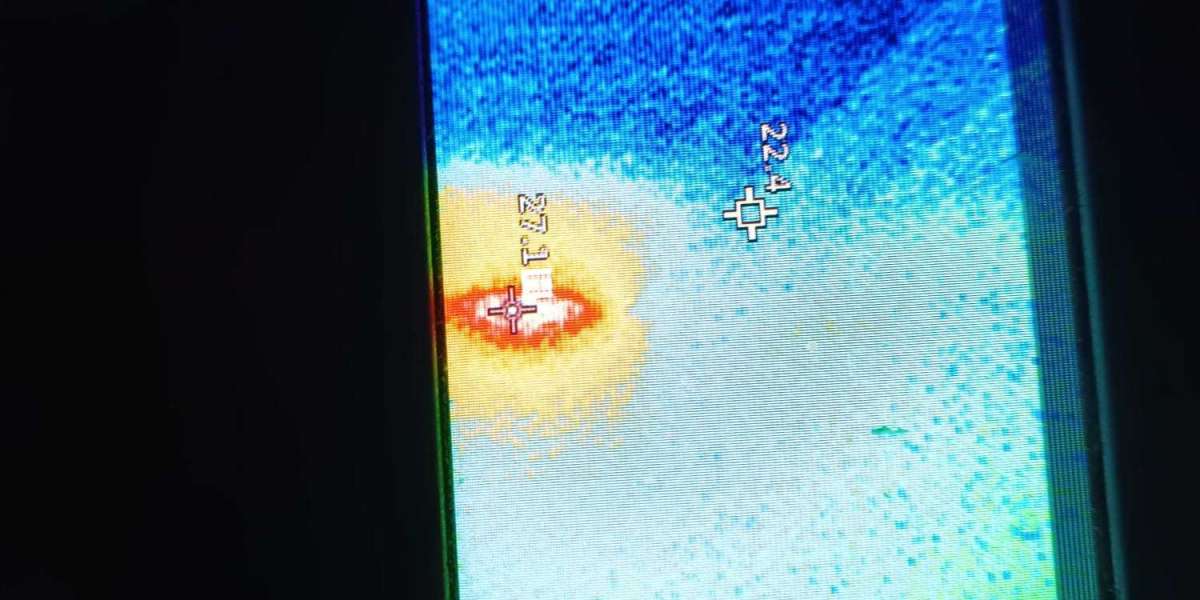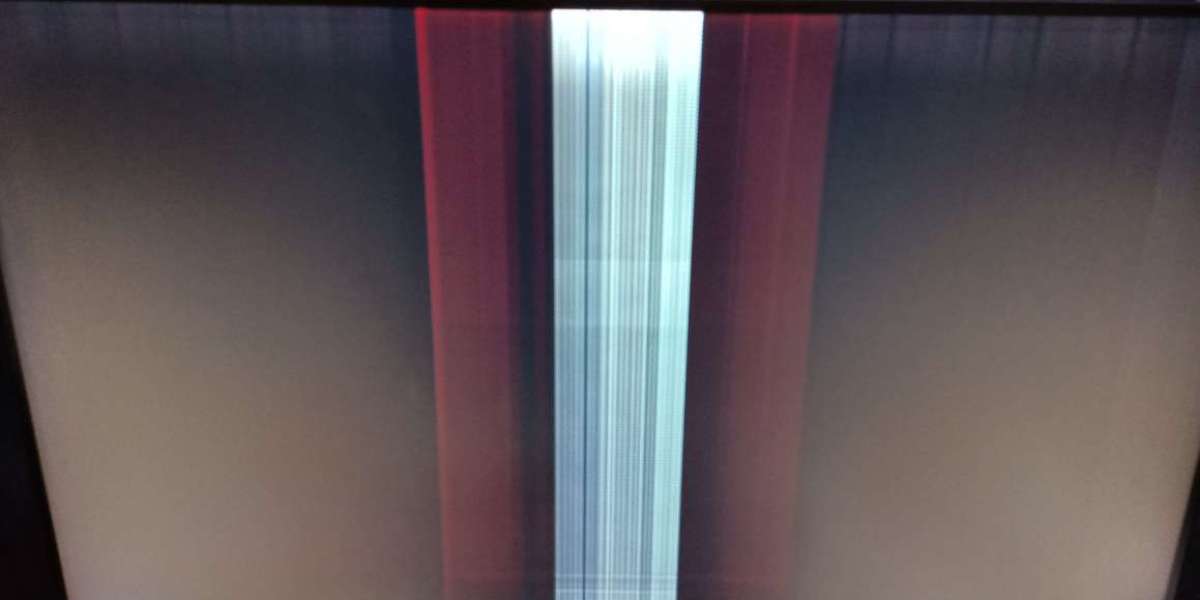In the demanding world of industrial materials, N08904 stainless steel stands out as a premier super austenitic alloy. Renowned for its exceptional resistance to aggressive corrosive environments, particularly those containing chlorides and acids, N08904 (also commonly known under designations like UNS N08904, 904L, 1.4539, and SUS 890L) is a critical solution for challenging applications. Understanding the fundamental characteristics of N08904 is essential for engineers, designers, and specifiers tasked with selecting materials for reliability and longevity in harsh conditions.
N08904 Super Austenitic Stainless Steel
N08904 belongs to the family of super austenitic stainless steels. This classification signifies it possesses significantly higher levels of key alloying elements – primarily chromium (Cr), nickel (Ni), molybdenum (Mo), and copper (Cu) – compared to standard 300-series austenitic grades like 316L. This enhanced alloy composition directly translates to superior corrosion resistance, especially against localized forms of attack like pitting and crevice corrosion, while maintaining the desirable non-magnetic properties and formability of the austenitic structure.
N08904 Composition
The outstanding properties of N08904 are intrinsically linked to its carefully balanced chemical composition:
- Chromium (Cr - 19.0-23.0%): The primary element providing the passive oxide layer fundamental to stainless steel corrosion resistance. Higher Cr levels enhance general corrosion and oxidation resistance.
- Nickel (Ni - 23.0-28.0%): Stabilizes the austenitic microstructure, ensuring toughness and ductility even at cryogenic temperatures. High Ni content is crucial for resisting reducing acids and stress corrosion cracking (SCC).
- Molybdenum (Mo - 4.0-5.0%): A vital element for dramatically improving resistance to pitting and crevice corrosion, particularly in chloride-bearing environments. Mo acts synergistically with Cr and N.
- Copper (Cu - 1.0-2.0%): Enhances resistance to reducing acids, especially sulfuric acid (H2SO4), and contributes to overall corrosion performance in acidic conditions.
- Manganese (Mn - ≤ 2.0%), Silicon (Si - ≤ 1.0%): Primarily used for deoxidation during steelmaking and contribute to strength.
- Carbon (C - ≤ 0.02%): Kept very low to minimize the risk of sensitization (chromium carbide precipitation at grain boundaries) during welding or high-temperature exposure, thus preserving corrosion resistance.
- Nitrogen (N - 0.10-0.20%): Added to increase strength (solid solution strengthening) and significantly boost pitting resistance. Nitrogen works powerfully with Mo and Cr.
- Iron (Fe): Balance.
This potent combination results in a very high Pitting Resistance Equivalent Number (PREN), typically calculated as PREN = %Cr + 3.3x(%Mo) + 16x(%N). For N08904, the PREN usually exceeds 40, placing it well above standard grades like 316L (PREN ~26-30) and even duplex grades like 2205 (PREN ~34-38), indicating exceptional resistance to localized corrosion.
Characteristics of N08904
Outstanding Corrosion Resistance:
- Chloride Environments: N08904 exhibits superb resistance to pitting and crevice corrosion in seawater, brackish water, and other chloride-containing solutions, outperforming 316L and 317L significantly. Its high PREN is the key driver here.
- Acidic Media: The high Ni and Cu content provides excellent resistance to a wide range of acids, including sulfuric acid (H2SO4), phosphoric acid (H3PO4), acetic acid, and other organic acids. It performs well in moderately oxidizing to reducing acid conditions.
- Stress Corrosion Cracking (SCC): The high nickel content imparts excellent resistance to chloride-induced SCC, a common failure mode for standard austenitic grades in warm chloride environments.
- General Corrosion: Offers excellent resistance in many neutral and mildly corrosive environments.
- Intergranular Corrosion: The very low carbon content minimizes susceptibility to sensitization and subsequent intergranular attack.
Mechanical Properties:
- Strength: N08904 offers higher strength than standard austenitic grades like 304 or 316L, both at room temperature and elevated temperatures, due to solid solution strengthening from Mo, Cu, and N.
- Ductility and Toughness: Maintains excellent ductility and toughness, characteristic of austenitic structures, allowing for good formability and impact resistance down to cryogenic temperatures.
Physical Properties:
- Non-Magnetic: In the annealed (solution-annealed) condition, N08904 is essentially non-magnetic. Cold working can induce slight magnetism.
- Density: Approximately 8.0 g/cm³, slightly higher than standard austenitic grades due to the higher alloy content.
- Thermal Expansion: Has a coefficient of thermal expansion similar to other austenitic stainless steels, higher than carbon steel or ferritic/duplex grades.
- Thermal Conductivity: Lower than carbon steel but comparable to other austenitic stainless steels.
- Electrical Resistivity: Higher than carbon steel.
Fabrication and Welding Characteristics:
- Formability: Good cold forming characteristics, though its higher strength means slightly more force is required compared to 304/316. Annealing may be necessary after severe cold working.
- Machinability: Machinability is generally considered fair but lower than standard austenitic grades like 303 or 304 due to its higher strength and work-hardening tendency. Use of rigid setups, positive feeds, sharp tools, and appropriate coolants is recommended. Chip breakers are often beneficial.
- Welding: N08904 possesses good weldability using common techniques like TIG, MIG, and shielded metal arc welding (SMAW). Key considerations include:
- Using matching filler metals (e.g., ER385 for TIG/MIG, E385-XX for SMAW) is generally recommended for optimal corrosion resistance in the weld zone.
- Maintaining low heat input to minimize the heat-affected zone (HAZ) and potential segregation.
- Ensuring proper shielding gas coverage (e.g., Argon or Ar/He mixtures) to prevent oxidation.
- Post-weld heat treatment is not usually required for thin sections but may be considered for thick sections or highly corrosive service to ensure optimum corrosion resistance by re-dissolving any potential precipitates. Solution annealing (typically 1090-1150°C followed by rapid cooling) is the standard treatment.
N08904 Typical Applications
The unique combination of corrosion resistance and mechanical properties makes N08904 indispensable in demanding sectors:
- Chemical & Petrochemical Processing: Reactors, tanks, piping, and heat exchangers handling sulfuric, phosphoric, acetic acids, and other aggressive chemicals.
- Oil & Gas (Upstream & Downstream): Components in offshore platforms, seawater cooling systems, piping for corrosive well fluids, scrubbers, and sulfur recovery units.
- Pollution Control & Flue Gas Desulfurization (FGD): Ducting, absorber towers, dampers, and chimney liners exposed to acidic condensates and chlorides.
- Pharmaceutical & Food Processing: Equipment requiring high corrosion resistance and cleanability, especially with acidic or chloride-containing process streams or cleaning agents.
- Pulp & Paper Industry: Digesters, bleaching equipment, and piping handling corrosive liquors.
- Seawater Handling: Heat exchangers, condenser tubes, pumps, valves, and piping systems for desalination plants, ships, and offshore structures.
- Acid Production, Storage, and Transportation.
Conclusion
N08904 stainless steel represents a significant advancement in corrosion-resistant alloys. Its super austenitic composition, characterized by high levels of chromium, nickel, molybdenum, copper, and nitrogen, delivers unmatched resistance to pitting, crevice corrosion, and stress corrosion cracking in chloride-laden environments, coupled with excellent performance in a wide spectrum of acidic conditions. While offering higher strength than standard austenitics, it retains good ductility, toughness, and weldability. Understanding these core characteristics – its formidable corrosion resistance, robust mechanical properties, and specific fabrication requirements – is paramount for successfully deploying N08904 in the most challenging industrial applications where material failure is not an option. When conventional stainless steels fall short, N08904 provides a reliable, high-performance solution.







